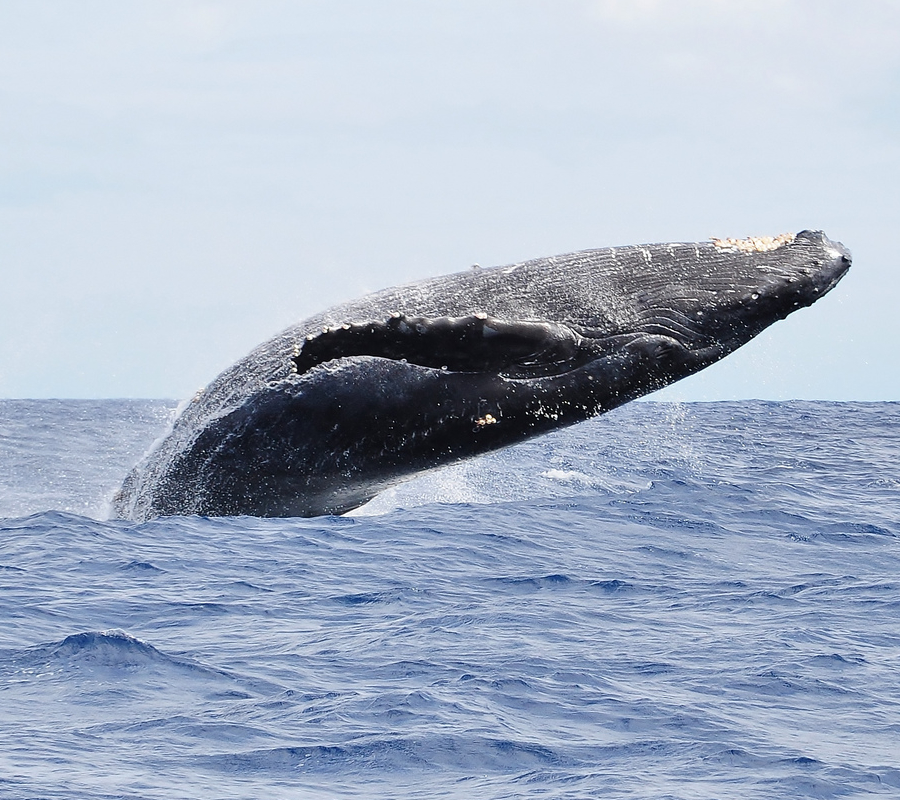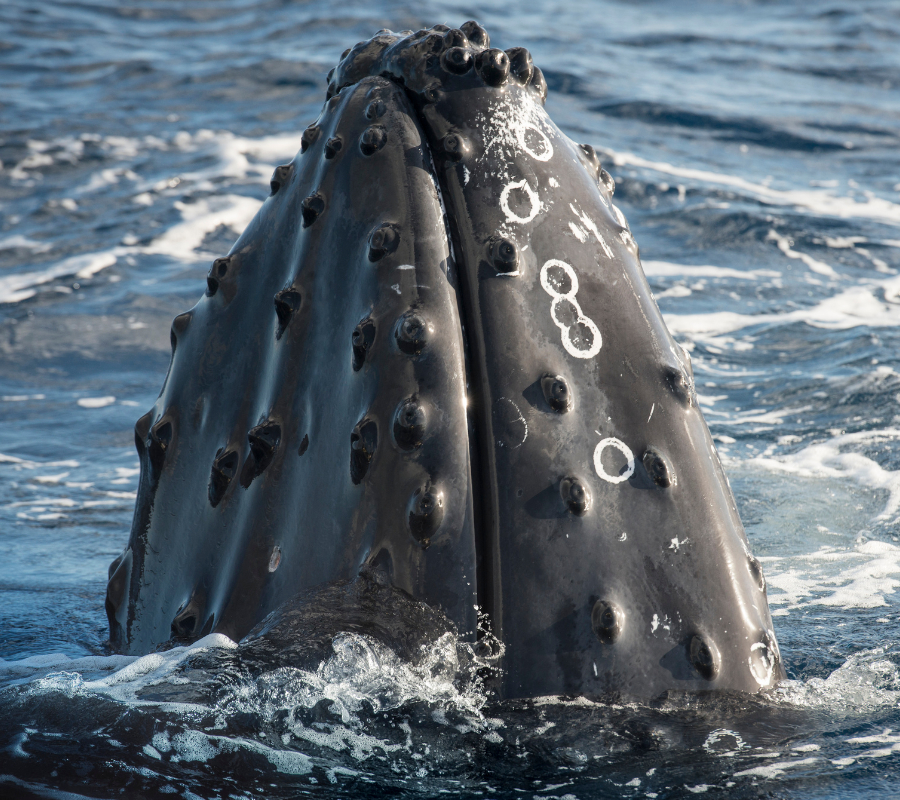Humpback whales are gathering in large groups off the coast of South Africa and scientists are wondering why. The assembling has been taking place on and off since 2011.
The mammals gather on the coast to feed, but scientists are trying to discover why, as typically humpback whales travel in small groups of two or three individuals, and in the late sightings there have been as many as 200 humpback whales at once. Now scientists are studying the whales’ odd behavior, particularly why are they all gathering in the same location and how can that area provide food to the huge whales, which weigh around 65,000 pounds each.

Humpback whales’ unusual behavior
The National Oceanic and Atmospheric Administration estimates that a humpback whale eats a ton of krill, shrimp, and small fish every day, and that’s just for an average size one.
The study is being led by Ken Findlay, a researcher at the South Africa’s Cape Peninsula University of Technology, and he explained the events to Time.

“No such dense feeding aggregations have been reported elsewhere in low or mid-latitudes during Southern Hemisphere humpback whale migrations. Indeed, aggregations of whales of this size have seldom been reported in the literature, with ‘large groups’ often numbering in the range of 10 to 20 or less,” said Findlay, according to Time.
Researchers observed the whales as they joined the large group, noting that some traveled from afar and some only stayed for a few moments before leaving. Much is unusual about their behavior, for example, their presence in the coast of South Africa at this time of the year, when they’re supposed to be heading for Antarctica. They are working hard to discover the reason for the whales’ sudden change, and they’re formulating a hypothesis.

He mentioned that he and his colleagues are planning to publish a series of papers explaining the phenomenon. He said that he has been studying humpback whales since the 1980s and he had never seen anything like that before.
“What we found here is reflective of the abilities of these animals to bounce back from very severe whaling pressure in the last century. Over 200,000 humpback whales were taken from the Southern hemisphere last year,” said Findlay. “It absolutely amazed me that 30 to 40 years later, we’ve seen these populations rebounding as they are. That gives me hope. It tells me something about the state of the ocean.”
Source: NBC-2

Those aliens from Star Trek 4 are coming